Did you know that earthworm poop, aka worm castings, are one of the best things you can add to your garden soil?! The pros here at Gill’s are hooked. Once you work with it, you’ll understand. Worm castings contain extremely bioavailable nutrients for plants, including iron. Plus, they’re awesome for aerating and improving soil texture for roots to thrive. AND they even help prevent pests like aphids! Use worm castings for all kinds of plantings – veggie beds, potted plants, shrubs, trees, flowers, perennials, you name it. Check out Wyatt’s video below for how incorporate some amazing no-scent poop into your garden. Your plants will thank you!
pests
August is almost here! It’s time to start making the transition into an exciting new Fall planting season. Here are our top must-do’s for this coming month.
Check out our August Garden Guide for more tips and remember that trees, shrubs, and perennials can be planted 12 months out of the year! The only difference is the amount of water they need depending on temperatures and wind!
1. Choose Plants that Provide for Wildlife
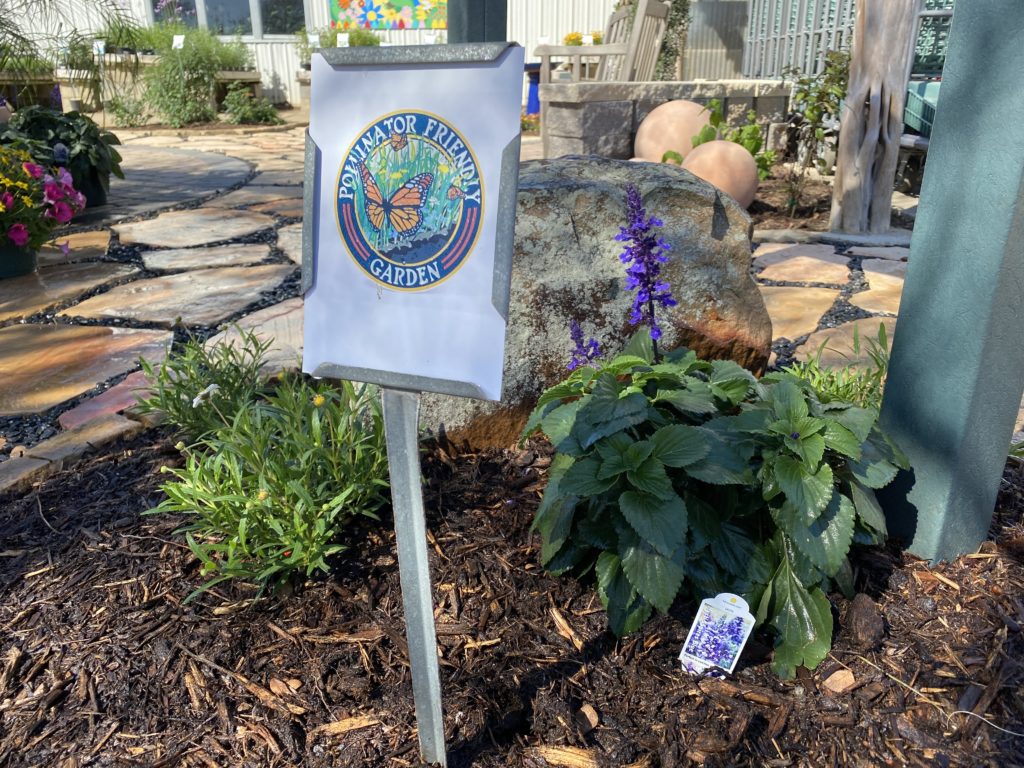
Important fact: birds, bats, bees, butterflies, beetles, and small mammals that pollinate plants are responsible for bringing us one out of every three bites of food. Plants attract and provide food for them to keep the cycle going. For example – plant Zinnia and sunflower seeds now, and they’ll be ready to feed migrating birds this Fall. Take it a step further and plant Texas natives! They provide for pollinators and require less water once established.
2. Pick Out Your Seeds
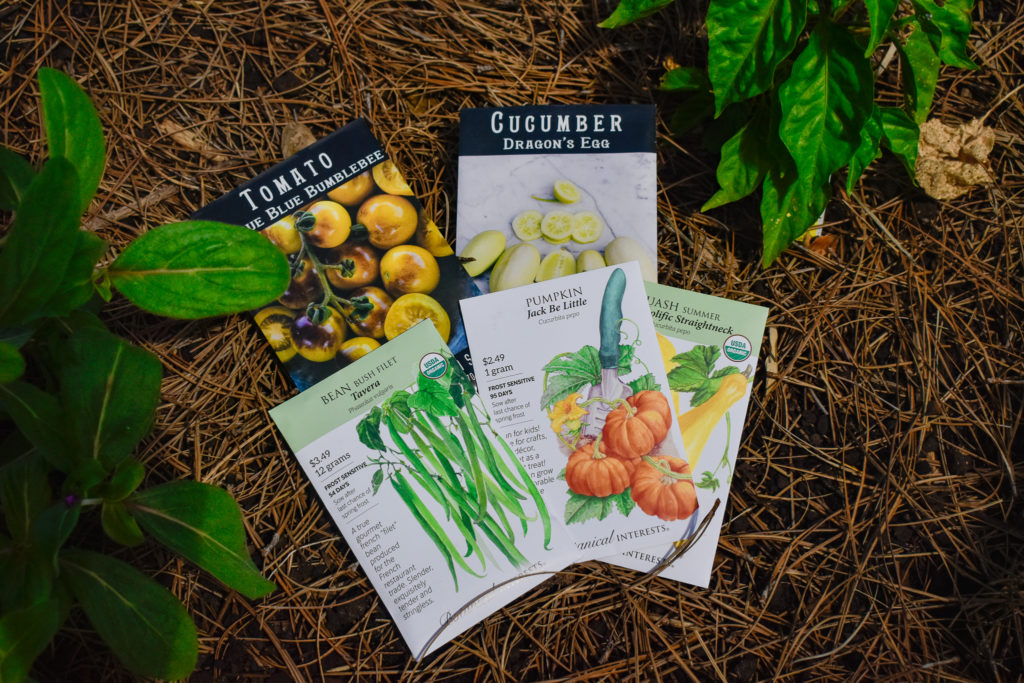
Watching your plants grow from a tiny seed is exciting and rewarding! Our Fall Vegetable Planting Guide provides the specific seed-planting dates to help plan your Fall garden. Most new seeds are already here! Look out for some of the rare and heirloom seeds we’re bringing in over the next couple weeks! We’ve been researching how to use liquid seaweed to improve seed germination. Worth a try! Another tip: use peat pots or seed starting trays to start seeds indoors, then move to a covered patio once they sprout. This will protect the seedlings and slowly acclimate them to the outdoor heat.
3. Prepare Your Garden Beds

August is the time to start preparing for Fall vegetables. Clean out beds and pull weeds. To get your soil ready, we recommend mixing Nature’s Blend Compost or Cotton Burr Compost into your soil to replenish nutrients and loosen the soil before planting. About 1 bag per 12 sq. ft. is good. Once prepped, add a thick layer of pine straw mulch, which will help retain moisture, keep weeds from sprouting, and keep the soil cooler until you’re ready to plant. As you plan your space, think crop rotation – don’t plant the same veggies in the exact same place you planted them last season, or you encourage pests and diseases.
4. Water Sufficiently AND Efficiently
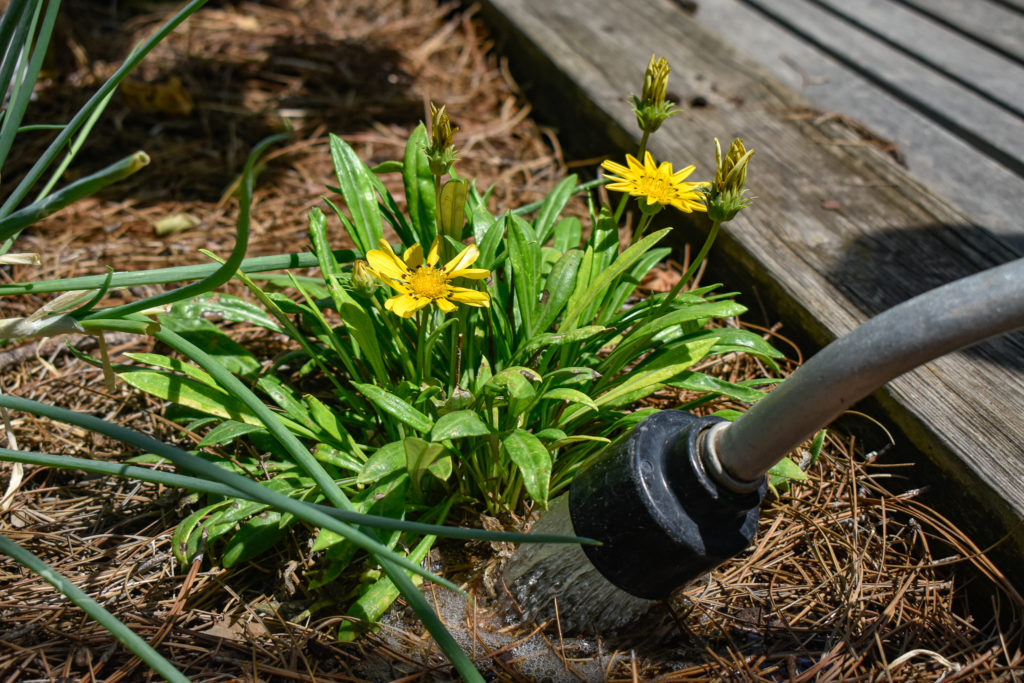
With our temps and lack of rain, it’s vital to water your plants and lawn sufficiently AND efficiently. The goal with summer watering (with or without watering restrictions) should be to create depth moisture. For lawns and established plants and trees, this means watering less frequently, but watering deeply when you water. New plantings will require water every day to get the roots established. Use a water wand with a cut-off valve to make it easy on you and conserve water. Pro tip: Conserve water by watering at ground level, not spraying from above. This way, water soaks down to the roots rather than evaporating off the leaves.
5. Mulch for Moisture Retention

We know fresh mulch is the quickest way to refresh the look of your landscape. Proper mulching has other big benefits, especially during dry and hot weather. A good 2-3” deep layer of mulch will keep your plants and the soil moist and cool for longer after you water. Give the main trunks or stems of your plants a little space – mulch 2-3” deep throughout the bed, but no more than 1” deep against the main trunks/stems of plants.
6. Beware of Bad Bugs
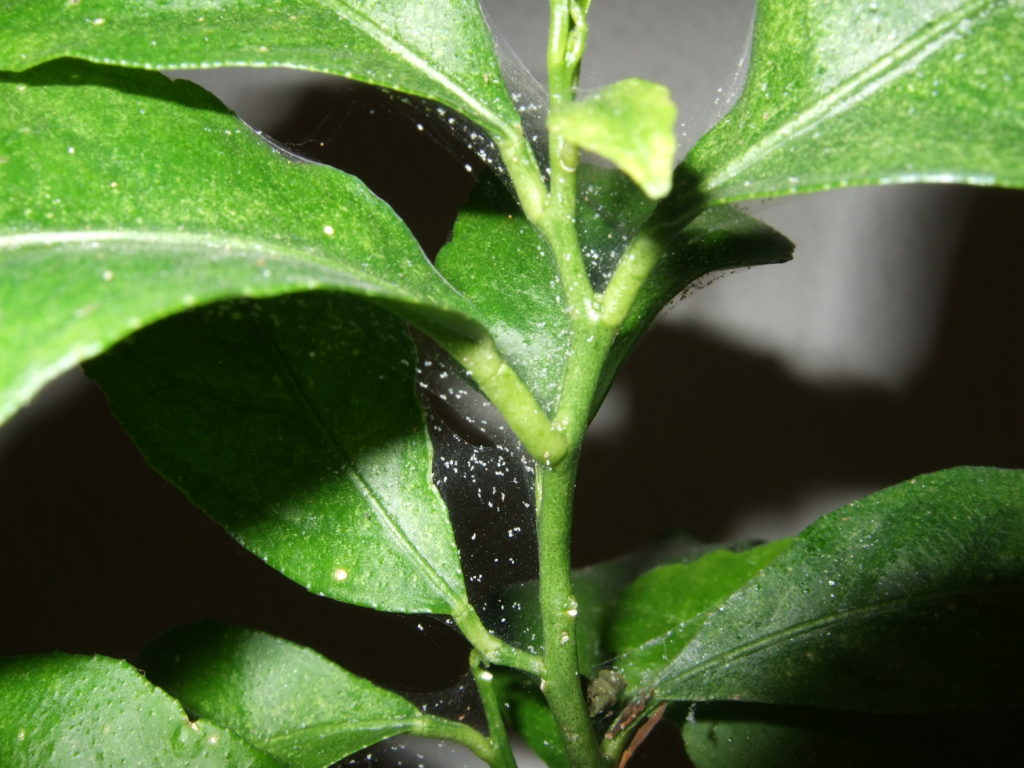
White cottony clumps on tips, stems, and undersides of leaves in summer are most likely mealy bugs! People often think these are a fungus because of their appearance but one squish with your fingers will tell you they’re insects feeding on your plants. They especially love Hibiscus, Jatropha and some Salvias. We’ve been seeing a lot of spider mites too. You’ll notice a fine webbing and small sandy speckles (see photo). The mites themselves are usually on the underside of leaves. Both can be treated organically with Spinosad soap, Bee Safe 3-in-1 spray, or Neem Oil during cooler evening hours.
Raised beds are great for veggie, herb, and flower gardening. Benefits include reducing weeds, help with drainage, easy maintenance, and easier on your back. We’ve seen really cool raised beds made from cinder block, rocks, wood, sheet metal, or a combination of materials. What’s most important is what goes in them… that starts with the soil.
Our soil recipe:
For raised beds, we like a blend of bulk sandy loam (or bagged topsoil) and Nature’s Blend Compost. Sandy loam is a mix of sand, silt, & clay to create a loam that will drain well. The Natures’ Blend Compost enriches the soil. Together they create an ideal soil for planting. You will use 1 bag of Nature’s Blend per 12 sq ft of space.
Once you have your soil and compost mixture, add organic Medina Growin’ Green plant food & dried molasses. Mix in, water, and let it rest a few days which encourages soil microbes (like beneficial bacteria and fungi). These microbes will have your soil teeming with life that will help plant roots fight off pests while maintaining growth.
If you have a small raised bed (or don’t have a way to haul bulk sandy loam), another great option is to use a combination of half Landscaper’s Pride Potting Soil & half Gardeners’ Magic soil blend. Both of these come in bags – just dump the bags in, mix together, and plant! The Gardener’s Magic is specially formulated for raised beds, and adding the potting soil makes it even better by improving drainage.
How Much Soil Do You Need?
Here’s the math:
- Length x width x depth in feet = cubic feet. (example: 4’ x 8’ x 1.5’= 48cf)
- Divide by 27 = cubic yards (48cf ÷ 27= 1.777cy)
Other numbers to know:
- Sandy Loam = bulk (sold by cubic yard)
- Nature’s Blend Compost bag = 1cf
- Landscaper’s Pride Topsoil 40lb bag = .75cf
- Landscaper’s Pride Potting Soil bag = 1cf
- Gardener’s Magic bag = 1.5cf
If this is too much math, we can always help you figure out how much soil you need. If you’re not wanting to DIY, our landscape department can design and build your dream raised beds – just give us a call.


Happy gardening!

-Debbie
There’s an abundant palette of garden herbs & flowers that thrive when planted in Fall. No need to keep them separated – pair them together for the perfect garden to table companions.
The classic herbs for the Fall season align with those familiar flavors for soups and holiday meals. Sage, Thyme, Rosemary, Parsley, Oregano, Cilantro, and Chives are well known and very successful in South Texas gardens.

Epazote, Yerba Buena, and Yerba Anís (aka Mexican Mint Marigold or Mexican Tarragon) also grow well here in South Texas. Epazote is used when cooking beans to ease digestion. Yerba Buena is a relative of mint commonly used in teas and to freshen breath. Yerba Anís is the flavor associated with licorice, but the fresh leaves + oil and vinegar make an amazing salad dressing.
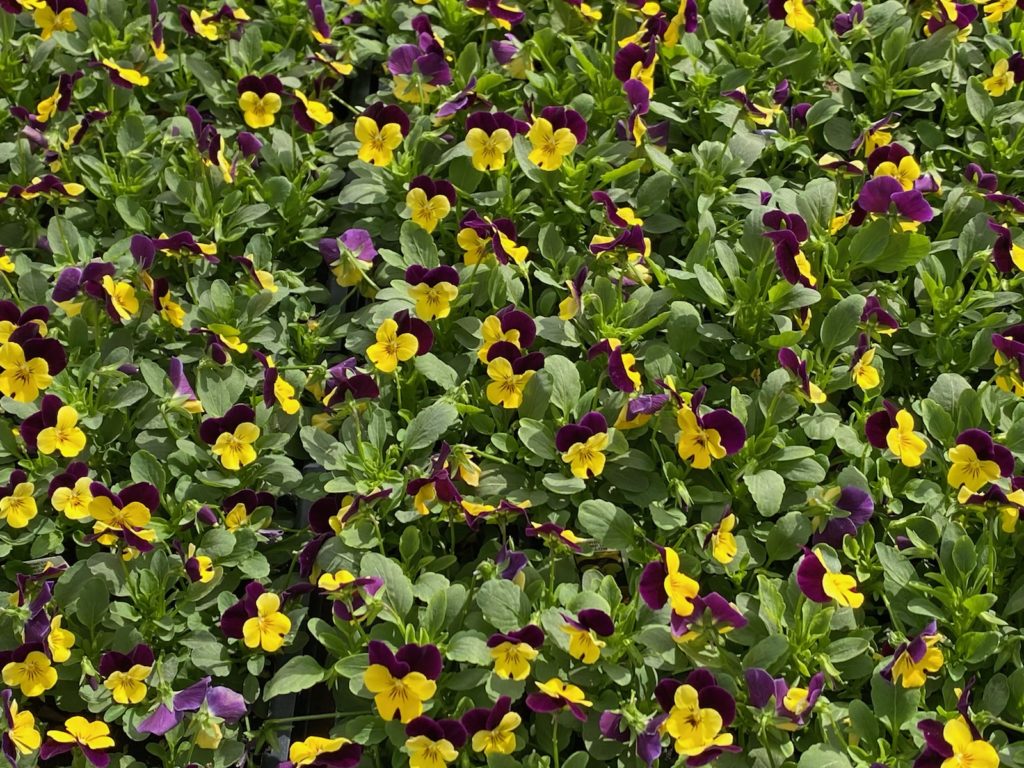
Fall is prime time for flowers too: Pansies, Violas, Calendulas, Nasturtiums, Roses, Lavender, Anise Hyssop, Marigolds, & Ornamental Cabbage and Kale are all beautiful AND edible with proper care. (Remember to not use chemical fertilizers & treatments on your flowers, especially if you plan to eat them.)
Instead of thinking of separate herb and flowerpots or beds, try planting them together. Maybe a soup garden with Parsley, Sage, Thyme, and Violas. Or a salsa garden in a large pot with Cilantro, Mexican Oregano, and Pansies for color.
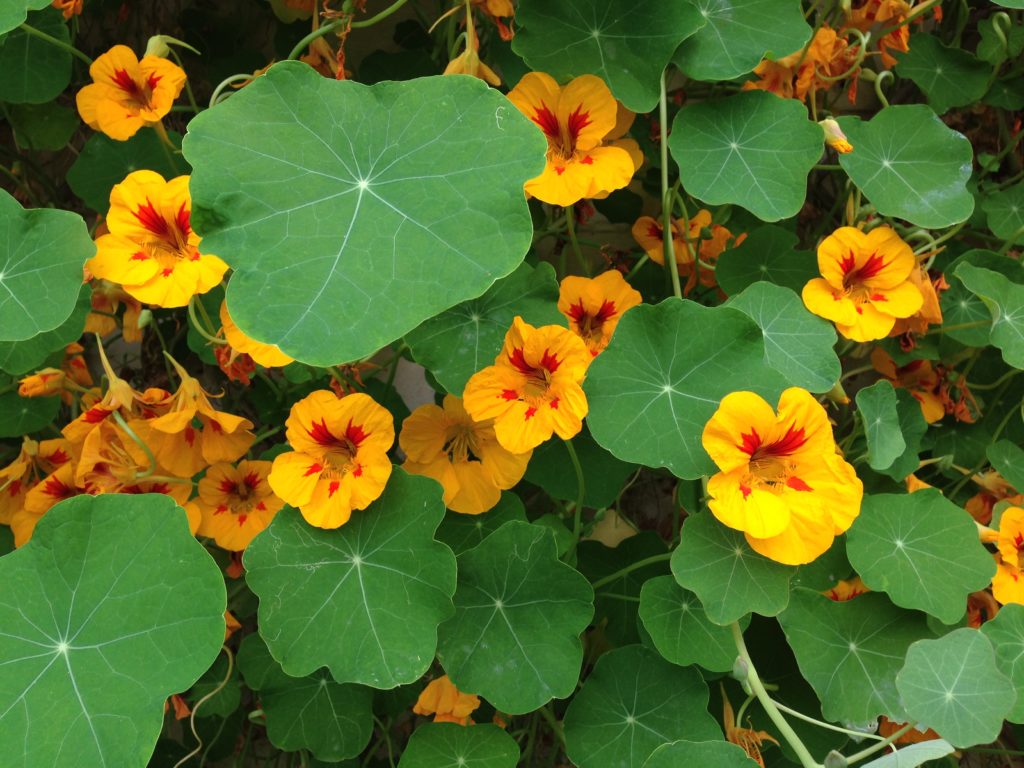
Herbs and flowers can be planted in ground; making sure the soil is well drained; or in containers using a good potting mix. All will need at least 4-6 hours of sun and regular watering, especially at first planting.
Our go-to organic solutions for herbs and flowers (and all things edible):
- Hasta Gro, Espoma Plant Tone, & BioTone for feeding.
- Spinosad, Neem Oil, and Beesafe 3 in 1 spray to prevent and control pests.
Need more ideas? Come see us!

-Debbie
I always make it a point to garden in a way that works with nature and promotes life. Using the least toxic products when I have a problem or a pest in the garden is a big part of that equation. All pesticides and fungicides are killers, organic or not, so it is important to choose a product that is selective in what it kills. Bee Safe 3 in 1 Garden Spray is relatively new here at Gills and has quickly become one of my favorites for a few reasons:
- It works. I use Bee Safe to treat aphids, mealy bugs, and powdery mildew with great success. It is also labeled for spider mites and fungal issues like black spot on roses – hence the name “3 in 1”.
- Bee Safe is not a kill all. Bee Safe will not harm bees, butterflies, or hummingbirds. This is important because pollinators play a critical role in a healthy thriving garden.
- It’s totally organic. Bee Safe is OMRI certified for organic gardening. The active ingredients are sesame oil and fish oil, which are very safe to use around your pets, your family, and the bees! It is also labeled for “same day use” which means you can spray your veggies and eat them in the same day. I’d still recommend washing them of course. And keep in mind that Bee Safe is an oil-based insecticide, which means you should spray it in the evening to avoid burning.

Promoting life in the garden is the best way to prevent pests in the first place. Make sure you are attracting pollinizers (like bees, birds, and butterflies), promoting beneficial insects, and adding compost to encourage healthy microbial activity in the soil. All these living things will work together to maintain healthy plants which are not as susceptible to pests.

-Wyatt
Recent rains are WONDERFUL for our gardens and landscapes, but they also bring unwanted pests: mosquitoes. Before dousing yourself and your gardens with chemical sprays, learn about using plants and other natural solutions that help repel these vampires and look beautiful in your outdoor space.
Several edible and useful plants repel mosquitoes AND grow well in our area. Pro tip: fragrant foliage needs to be touched or brushed against to release their mosquito-repelling scents. Place these plants near walkways, doorways, and patios where you can brush them gently with a broom to release their mosquito-repelling fragrance.

Combine these plants with natural Mosquito Beater Granules, Skeeter Eggs, Skeeter Incense, Cedarcide granules, and/or Cedar Repel spray and you’re ready to enjoy summer with less bites.…chemical free!

-Debbie
We are beyond excited to host you all in person for our first Garden Talk of 2022! James’ ‘Get Ready for Spring’ talk is a long-standing tradition. If you’ve got questions or just want to learn more about how to prep your garden and landscape for big Spring growth, join us at 10am this Saturday. Here’s a preview from James of some of the topics he plans to cover.
Prune Old Growth to Make Way for New Growth
Clean, sharpen, and lubricate your pruning tools before starting, and before putting tools away. Remember that once you have cut it, you can’t put it back on, this applies to tree limbs, and to human digits, so proceed carefully! My feeling is, cut old growth before new growth has started, to avoid wasting carbohydrate reserves of the plant, and to minimize damage to tender new growth when dragging cut branches out of the plant.
Prepare Your Soil and Get Planting!
Before planting new shubs, vegetables, or annual or perennial flowers, we should prepare the soil with compost. My favorite is Natures Blend Compost, the closest thing to “magic in a bag”. It keeps clay soil lighter and looser, or in sand, helps hold moisture and nutrients available for roots, and provides slow release organic fertility and growth stimulants. Cold tolerant trees, shrubs, annuals, and perennials benefit from being planted as far away from summer heat as possible, so NOW! And it’s time to get your spring veggie garden planted too. Follow up with a good organic mulch after planting, such as our hardwood mulch, that will suppress weeds, retain moisture, moderate soil temperatures as it gets hotter, and contribute to soil texture and fertility as it decomposes.
Early Spring Lawn Care
Do not apply lawn fertilizer on grass too early. When lawns are actively growing and need mowing once a week, that is the time to fertilize grass, usually around the first of March. Some weeds will be coming up in beds and lawns, and some of them can be controlled by hand pulling after a rain, some by mowing regularly so they don’t get tall enough to make seed. But some will be best controlled by applying Bonide Weed Beater Complete, LAWNS ONLY, to kill existing broadleaf weeds and prevent new weeds from sprouting. Or in beds, Bonide Crabgrass and Weed Preventer, which will not kill existing weeds, but prevents new weeds from sprouting. Always read and follow label directions for best results. I like Ortho GroundClear Weed & Grass Killer to help control emerged weeds in flower beds. It is organic, and safer to use around desirable shrubs.
Feed Your Fruit Trees
Now is time to fertilize fruit trees with Espoma Organic Citrus-tone, or Fertilome Fruit, Citrus, and Pecan Tree Food. The nitrogen in both is critical to production of healthy foliage, which is what provides necessary carbohydrates for fruit. You will repeat application later in spring, and again in fall. Also, citrus trees should have sprouts removed that come from below the graft, as they will produce only sour fruit.
When to Remove Stakes from Newly Planted Trees
If you have trees planted in the last year or two, with stakes still holding it upright, late winter/very early spring is a good time to check that staking. Loosen the ties, then try to rock the tree. If the rootball stays stable but the trunk bends, remove the staking and ties. If the rootball still moves, the staking should stay another season, but the loop around the trunk may need to be loosened so the new growth is not choked by the staking tie.
Check Your Sprinkler System and Hoses
If you have an automatic sprinkler system, hopefully it has been turned off most of the winter. It would make sense to do a run-through now, to take notes and make repairs on any plugged, sunken, or missing heads, line breaks, or non-functional valves. You may need to start watering once a week in March. If you use hoses and sprinklers, now is time to mend hoses and replace missing hose washers.
Fire Ants and Other Pests
If you are seeing fire ant activity, you can apply Come and Get It Fire Ant Bait now, but my favorite times are at the spring and fall daylight saving time changes. All Seasons Horticultural & Dormant Spray Oil is best applied before new leaves emerge to control scale, mealybug, and other problem insects that may be overwintering on your shrubs or ornamental trees, such as bicolor iris and bird of paradise.

-James
Growing food organically promotes life – you get delicious and rewarding veggies by keeping it simple and working with nature, including the beneficial organisms in the soil. Join Wyatt Page this Saturday, March 5th at 10am at Gill’s for his talk on organic veggie gardening tips. Here’s a preview from Wyatt!
- Amend the soil. Great gardens start with great soil. Our Corpus Christi Clay (and Padre Island Sand) need a little help. The key is to incorporate beneficial microbes, enzymes, and fungi that create a perfect environment for plant roots to grow.
- Nature’s Blend Compost. Till in 1 bag per 12 sf of garden. Helps break up clay soil and adds a bunch of beneficial organic material. Excellent for veggie gardens and all other plantings.
- BioTone Starter fertilizer. Add a small handful of BioTone when you plant each plant. A key ingredient in BioTone are mycorrhizal fungi which attach to plant roots and help them grow.
- Worm castings and Dried Molasses help encourage soil life too.

- No chemicals! Chemical pesticides, fungicides, and weed killers damage beneficial life in your garden. Here are some organic solutions that work:
- Bad Bugs and common pests: Treat bad bugs like aphids, mealy bugs, or leaf miner with organic Spinosad Soap or Neem Oil as needed. Even better than that – let nature do the work and let lady bugs, spiders, and lizards eat them!
- Fungal issues: Fungal problems like powdery mildew and rust can be treated with Neem Oil or Bee Safe Garden Spray. You can use horticultural cornmeal when planting to prevent fungal problems like blight.
- Weeds: Proper mulching (2-3” thick) is the best way to prevent weeds! Make sure you stay on top of hand pulling as weeds pop up. Spray horticultural vinegar to kill new weeds on contact.
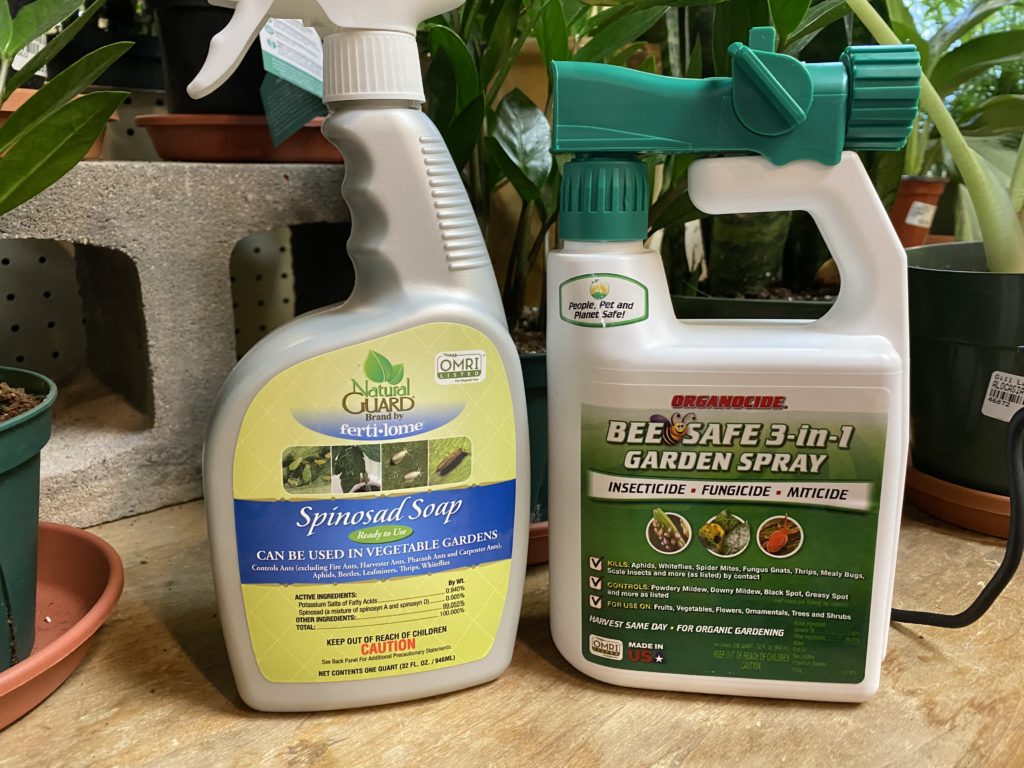
- Get help from pollinators: Attracting pollinators like bees and butterflies will help increase vegetable production. In my garden I like to plant Salvias, Turk’s cap, and wildflowers mixed in with all the veggies to attract more pollinators.
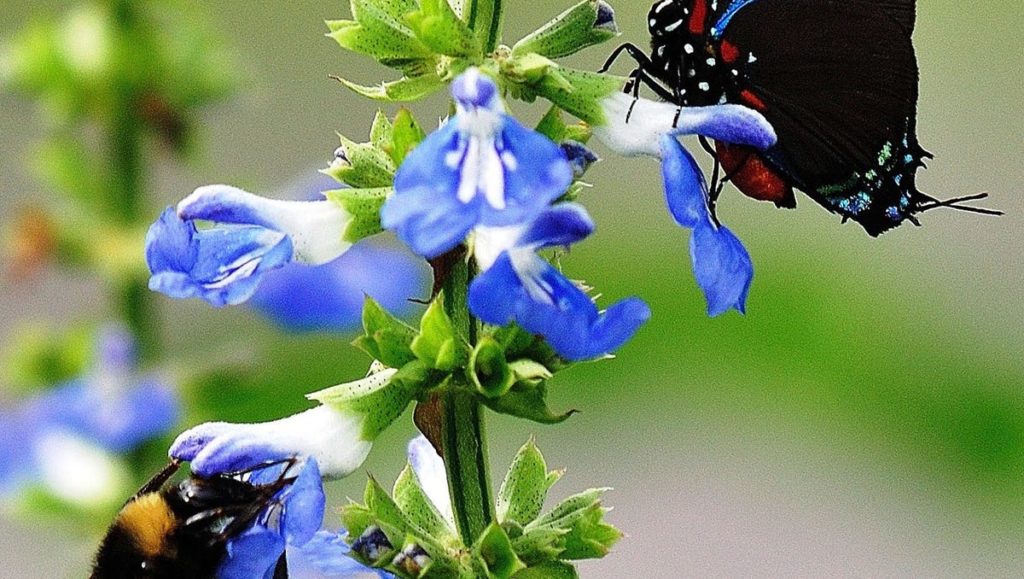
- Start small: Veggie gardening is lots of fun, but it does take time! If you are new to veggie gardening, I would encourage you to start small and build your garden little by little each season. A simple 4×8’ area, raised bed, or a few large pots/containers can produce quite a bit of food!
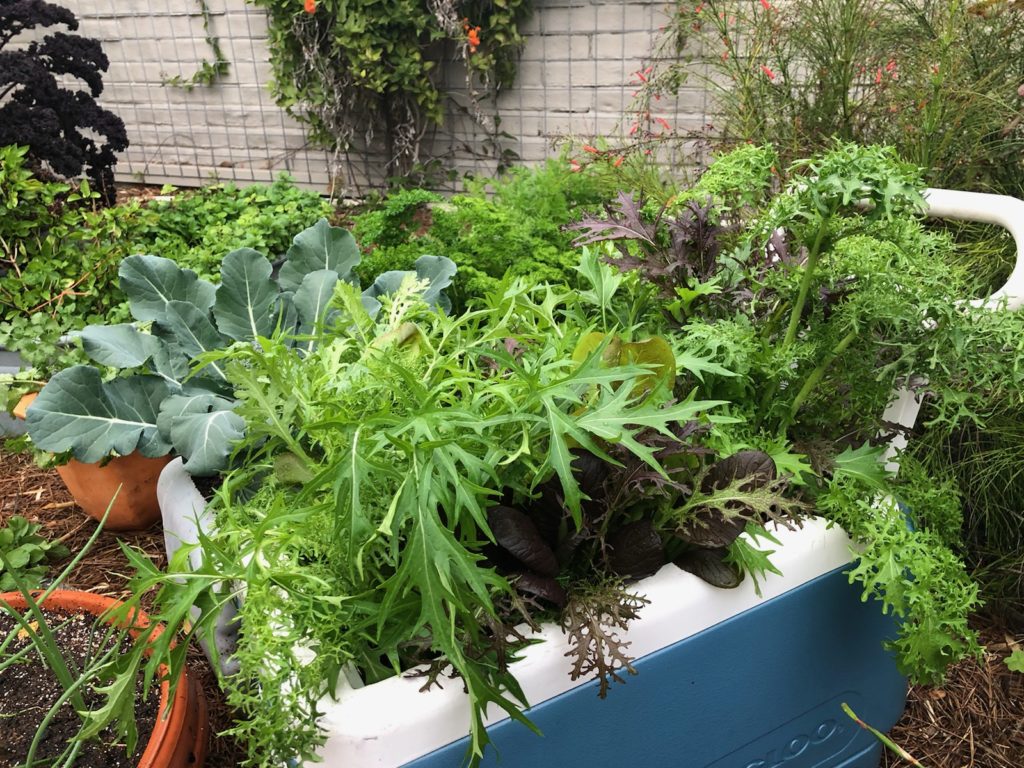
See you this Saturday!

-Wyatt

